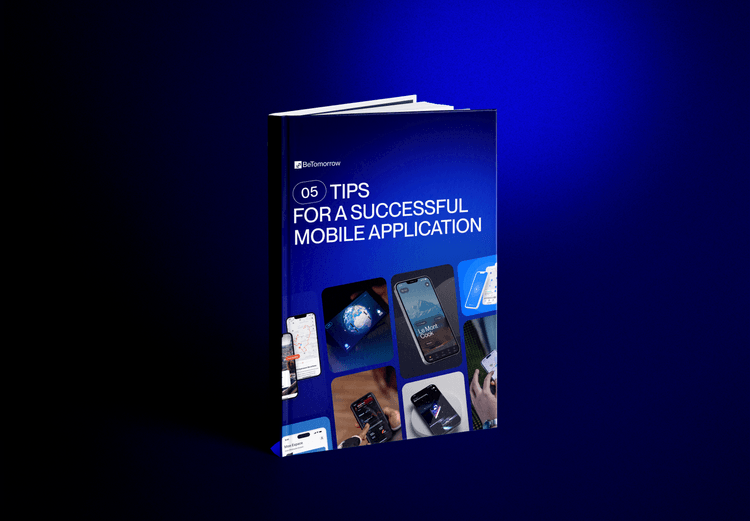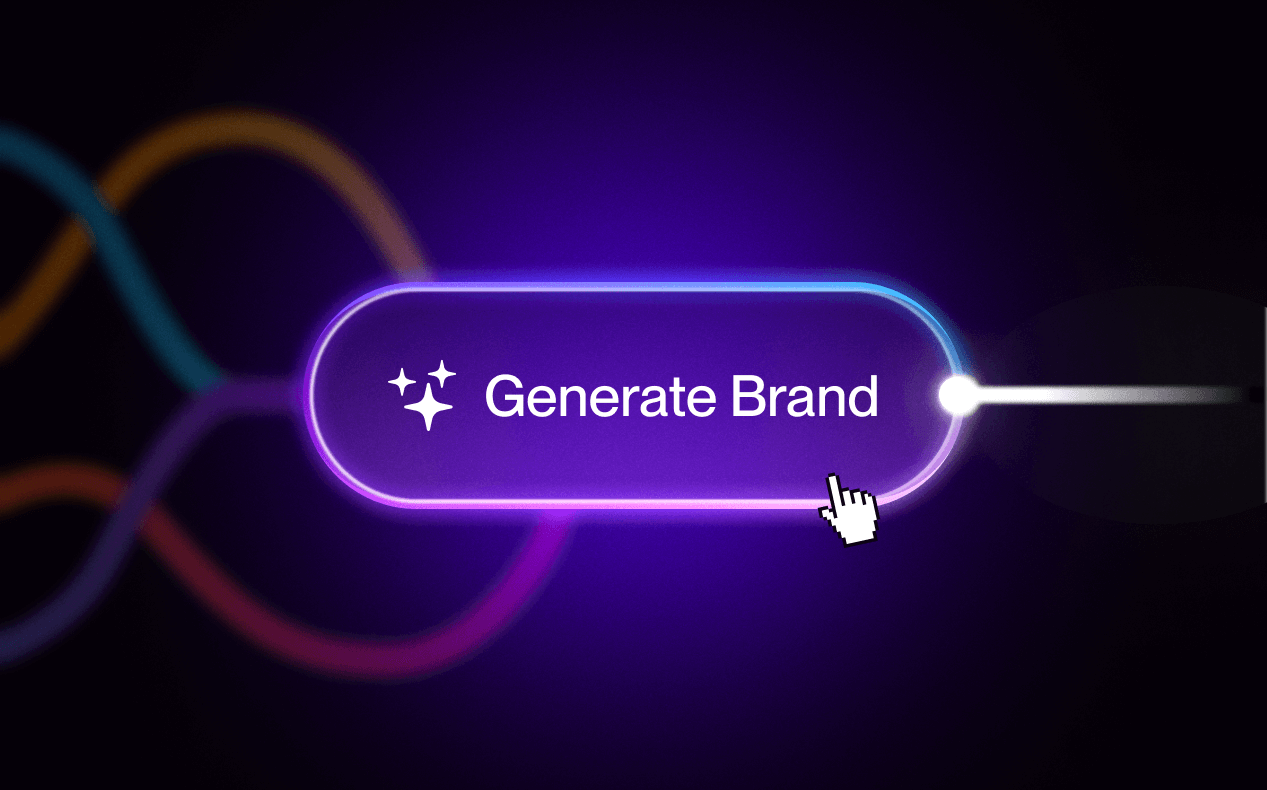Mobile applications gamification : successfully enhancing the user experience

Table of contents
- What does mobile app gamification entail?
- Does mobile app gamification really work?
- Some examples of successfully gamified experiences
- Gamification applied at BeTomorrow
- Octalyse: a method to engage them all
- Analyzing player profiles, an essential step to better target your gamification!
- Player Profiles and Octalysis
- My advice: for successful gamification, apply "TiDoME"!
- Conclusion: let’s gamify!
What does mobile app gamification entail?
A recap on the concept of "Gamification"
Are you aiming to make your app more engaging and increase user retention? You're in the right place; gamification is the solution for you.
Gamification stems from the English word "game." In French, one might prefer using the term "ludification," derived from "ludique"... There's certainly a playful aspect to it!
Gamification involves applying game mechanics, such as completing missions or earning badges, in other contexts. These mechanics are diverse and extend to learning, work, or health situations. In short, they often involve scenarios that aren't particularly fun or engaging.
Recognizing that humans LOVE to play, gamification seeks to enhance the acceptability and usage of these less appealing products.
Gamification can be implemented across various platforms: physical, digital, web, or app. Personally, I believe mobile applications provide an ideal playground to leverage the power of gamification due to the unique bond they establish with users.
Does mobile app gamification really work?
Yes, it absolutely does, and quite effectively!
An increasing number of digital companies (but not exclusively) are turning to this technique, which has proven its worth extensively.
Some statistics on mobile app gamification
Studies conducted by Tech Report in October 2023 reveal several points:
89% of individuals would spend more time on an app if it included gamification elements.
Companies implementing gamification are 7 times more profitable than those that do not.
Gamifying your site can increase customer loyalty by nearly 30%.
Chances are, you've encountered gamification mechanics yourself, perhaps without even realizing it!

5 TIPS FOR A SUCCESSFUL MOBILE APPLICATION DESIGN PROJECT
- The importance of adopting a mobile-first design approach
- Guidelines for choosing the right technology and framework
- The need to set relevant sales targets
- How to define the right level of ambition at each stage of the roadmap?
- The security practices to adopt to ensure data protection
Some examples of successfully gamified experiences
These companies (and many others) have adeptly utilized key aspects of gamification to create particularly engaging experiences and impact user retention.
Duolingo: a dynamic approach to learning a new language!
Duolingo's mobile app has seen remarkable growth, boasting over 70 million users worldwide. Gamification plays a crucial marketing role in Duolingo's user engagement: its interface is designed to offer an immersive and enjoyable experience, with an enthusiastic and positive tone of voice, punctuated by numerous exclamation points, encouraging users to feel accomplished at every step of their journey. This represents a key factor in optimizing retention and engagement.
Duolingo also offers a progression and reward system, thereby encouraging users to persevere in their language learning and boost their productivity.

Nike Run Club: mobile gamification for athletes
Nike Run Club, available on iOS and Android, provides users with constant motivation to maintain and achieve their training goals. By incorporating gamification mechanisms and features, the app promotes engagement and loyalty among runners while making their training sessions more enjoyable.
Through this tool, the company encourages users to record their sessions and participate in challenges organized with their fellow runners. Challenges, presented in the form of colorful full-screen windows, offer attractive rewards for participants, creating a sense of urgency and motivating even undecided users to fully commit.

Gamification applied at BeTomorrow
Drawing on its background as a mobile game publisher, BeTomorrow harnesses gamification strategies to design impactful experiences for both its clients and employees, utilizing various tools.
For a leader in entertainment/gambling, we developed a series of mini-games with random rewards to boost player engagement. These mini-games were only active for specific types of matches. The initiative resulted in a 150-fold increase in the number of games played, driven by gamification.
Within our company, we organized a billiards competition open to all: the BetoCup.
To engage all BeTonautes, including non-participants or those eliminated, throughout the event, we created two gamified products:
The BetoBet, a betting application. Key feature: bets can be created on the fly during the match (will the next shot be a winner? Will there be a foul?).
The BetoStream, a streaming application. Key feature: matches are broadcast live with contextual message display.
Suffice it to say, this event remains memorable! ;)

Now that you've recognized the benefits of gamifying applications, how do you succeed in using it? What tools are available to you?
Follow the guide; I'm going to tell you about Octalyse!
Octalyse: a method to engage them all
When we talk about gamification, the first reactions often are: "Oh yes, it's about earning badges in an app, right?"
Well, yes and no. In reality, it's deeper and more subtle than that.

Yu-Kai Chou: pioneer of gamification
Among all the authors who have delved into this subject, the one who has left the biggest impression on me and hasn't left my mind is Yu-Kai Chou, one of the pioneers of gamification.
He invented the Octalysis after 12 years of research and work in the field of gamification. As the name suggests, Octalysis represents an octagon, with each endpoint corresponding to a psychological motivator present in each of us.

Let's take a comprehensive look at the various motivators identified by Yu-Kai Chou!
The "White Hat" Gamification
At the top of the Octalysis are the "virtuous" motivators, also known as "White Hat gamification" by Yu-Kai Chou.
In essence, if an activity is interesting because it allows one to express creativity, master a new skill, or give meaning, your users should feel good and continue using your company's mobile application effortlessly.
Here are the key points:
Meaning: Epic meaning and calling. The user believes they are doing something greater than themselves, that they have been chosen. Users can invest a lot of their time in contributing to the community. Example: Wikipedia - participating in sharing global knowledge.
Accomplishment: Development and achievement. The user is motivated to progress, overcome challenges, win contests, and develop skills. Example: League of Legends - the constant evolution of one's progression.
Empowerment: Unleash creativity and feedback. Users can create things they can observe and receive feedback on. This prevents boredom due to the endless possibilities of combinations. Example: Lego - infinite combinations with a few bricks.

5 PRINCIPLES FOR INTEGRATING GAMIFICATION INTO HEALTHCARE
- Playful approaches to engage patients
- Effective strategies to engage customers in their care journey
- Mechanisms to encourage patients to take charge of their own well-being
The "Black Hat" Gamification
Conversely, the "vicious" or "Black Hat gamification" motivators are positioned lower. These motivators are very effective in engaging and retaining your users... but they also lose their effectiveness more quickly. If your users perform actions in constant fear of losing something, it may eventually lead them away from your product.
Here we find:
Scarcity: Rarity and impatience. When something cannot be obtained, one wants it even more and thinks about it all the time. Many games use "Self-appointments," for example, based on the principle of "Come back in 2 hours to get this reward." Example: Assassin's Creed - side quests of AAA games.
Unpredictability: Unpredictability and curiosity. If we don't know what's going to happen, our brain is more engaged, we think more, we are more attentive. This is why we watch movies or read books and hate being spoiled. Example: Mario Kart - breaking crates to see what they contain.
Avoidance: Fear of loss and avoidance. We always try to avoid negative situations. Promotional systems use this perfectly to encourage us to consume so as not to miss out on price drops. Example: discounts.
Right Brain Motivators
Let's decrypt the two key motivators of Octalysis. Positioned at the right and left ends, they are not inherently vicious or virtuous. However, their placement is not accidental. Yu-Kai Chou distinguishes these motivators based on their connection with the right and left hemispheres of the brain.
The right brain embodies creativity, self-expression, and social aspects. These motivators are intrinsic because the individual does not need external incentives to implement them; the activity itself is rewarding. The first component, social influence, is based on the desire to be influenced and the desire to achieve the level of competence observed in a peer. This is notably manifested through interactions on social networks, where a friend's excellence can motivate one to follow in their footsteps.
Left Brain Motivators
Focused on logic, calculations, and ownership, these stimuli are based on extrinsic motivations: the user is motivated by the desire to acquire something. It is therefore crucial to implement effective reward systems, as a decrease in these could lead to a loss of motivation among users.
One of the essential drivers of the left brain is the concept of ownership. Users are motivated by the feeling of owning elements in the application. Once the notion of possession is introduced, users are encouraged to improve their possessions or acquire more. A telling example is The Sims, where the constant desire to develop one's family and estate stimulates player engagement.
Application gamification goes beyond simple badges and progress bars. On the contrary, for long-term engagement, it is better to rely on other motivators, both virtuous and intrinsic.
But how do you balance your Octalysis, knowing which motivators should be prioritized?
To help you, I propose studying player profiles!
Analyzing player profiles, an essential step to better target your gamification!
Here, I will present the player typologies defined by two essential references: Richard Bartle, a recognized researcher in video games, and Nicole Lazzaro, who has over 20 years of expertise in player experience design.
Player profiles according to Richard Bartle
Richard Bartle identifies four categories of players with varying degrees of interest in acting or interacting with other players or the gaming environment.

Achievers: They enjoy acting on the game environment (achievers represent 10% of players). These individuals emphasize the playful aspect of the virtual world. They like to do things to achieve defined goals, thus advancing their character in the integrated ranking system of the world.
Socializers: Their drive is to interact with other players (80% of players are socializers). These are individuals for whom the greatest reward is interacting with other people, through the virtual medium. Some players choose to play by embodying their own identity, while others prefer to immerse themselves in a fictional role.
Explorers: What motivates them is interacting with the game environment (this group represents 10% of players). The ultimate pleasure of explorers is to increase their knowledge about how the virtual world works. Their joy lies in discovery. They seek novelty.
Killers: Acting on other players (killers represent 1% of players). These are individuals who want to dominate others. The classic means is to attack them or make their lives difficult, but it can also manifest itself in less obvious ways, such as politics, rumors, pedantry, or guilt-inducing maternalism.
Nicole Lazzaro's "4 Keys 2 Fun" Concept
Nicole Lazzaro also reveals other player types, some of which are quite similar to Bartle's players, through a concept called “4 Keys 2 Fun”.

If we parallel the principles of the 4 Keys 2 Fun with the points pushed by Richard Bartle, we can make interesting comparisons:
"Hard fun" resembles "Achievers": they play to accomplish challenges.
Similarly, "People fun", just like "Socializers", play to create social bonds.
"Easy fun", on the other hand, play to express their creativity and satisfy their curiosity, much like “Explorers”.
However, Nicole Lazzaro mentions a different profile, "Serious fun". These individuals play when it makes sense in the real world. Nicole Lazzaro, however, does not reference "Killers".
I'm sure that if you've come this far, you must be starting to make connections with Octalysis, right?
Player Profiles and Octalysis
Let's do the exercise of placing player profiles on Octalysis :

Finally, it wasn't so difficult; most of them are obvious. There is still the Killer, placed on the "Ownership" side, assuming that they consider other players more as "objects" over which they have power, rather than individuals with whom they genuinely want to build relationships.
What stands out is that the player profiles are mostly placed at the top of the Octalysis corresponding to virtuous motivators: none towards the bottom...
My analysis is that it's important to target profiles with virtuous motivators, whether intrinsic or extrinsic, and make them the heart of the experience.
However, don't neglect the other, more "vicious" motivators; they are terribly effective for creating a highly impactful gamification!
By doing so, you increase your chances of designing an engaging long-term experience!
And now, how do you make these analyses tangible?
My advice: for successful gamification, apply "TiDoME"!
TiDoME is an acronym encompassing 4 principles:
THINK IT DEEP: rely on the best gamification frameworks.
Base your design on the best gamification structures and reference frameworks available to guide your conception.
DO IT QUICK: be agile, keep it simple, and iterate.
Be agile in your approach, maintain simplicity, and regularly iterate to perfect your solution.
MAKE IT ALIVE: bring life with emotional design.
Infuse life into your project by integrating emotional design that engages users and fosters an emotional connection.
ENJOY IT: have fun to provide fun.
Take pleasure in what you do and constantly seek to offer a friendly and enjoyable experience to your users.

Conclusion: let’s gamify!
Now that you understand the mechanics and tools of gamification, and have concrete data on the subject, you can leverage them in your mobile application to increase user engagement and retention.
But beware, application gamification is powerful and can create addictive behaviors: it's up to you to stay on the right side! ;)

Thank you for reading this article.
STAY TUNED— OUR RESSOURCES

AI and Branding: a creative revolution or a limited tool?

Responsible AI: key concepts and best practices
